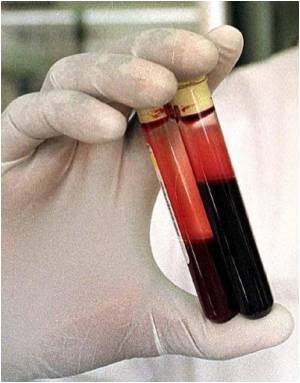In a bid to remove high levels of arsenic in drinking water, scientists have described a simple, inexpensive method for removing arsenic.

"Our process uses pieces of plastic water, soda pop and other beverage bottles. Coat the pieces with cysteine - that's an amino acid found in dietary supplements and foods - and stir the plastic in arsenic-contaminated water.
"This works like a magnet. The cysteine binds up the arsenic. Remove the plastic and you have drinkable water," Tongesayi stated.
Tongesayi described laboratory tests of the plastic bottle arsenic removal method on water containing 20 parts per billion (ppb) of arsenic, which is two times the safe standard set by the U.S. Environmental Protection Agency for drinking water. It produced drinkable water with 0.2 ppb of arsenic that more than meets the federal standard.
The technology is so straightforward that people without technical skills can use it, Tongesayi said, citing that as one of its advantages over some of the existing arsenic-removal technologies. It can use discarded plastic bottles available locally, and the application of cysteine does not require complicated technology. The technology also has the potential for removing other potentially toxic heavy metals from drinking water.
Symptoms of arsenic poisoning include thickening and discoloration of the skin; stomach pain, nausea, vomiting and diarrhoea; vision loss; and numbness in hands and feet.
Advertisement
The report was part of the 242nd National Meeting and Exposition of the American Chemical Society (ACS).
Advertisement










